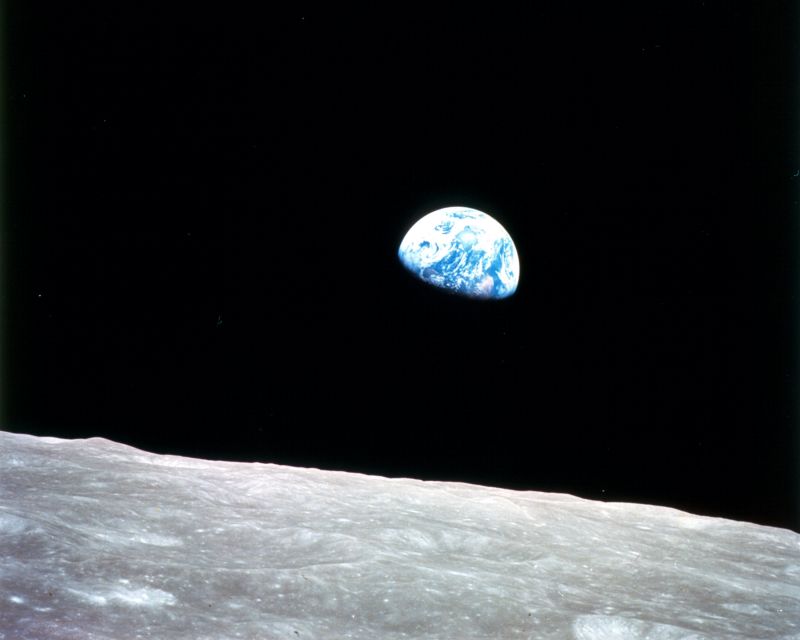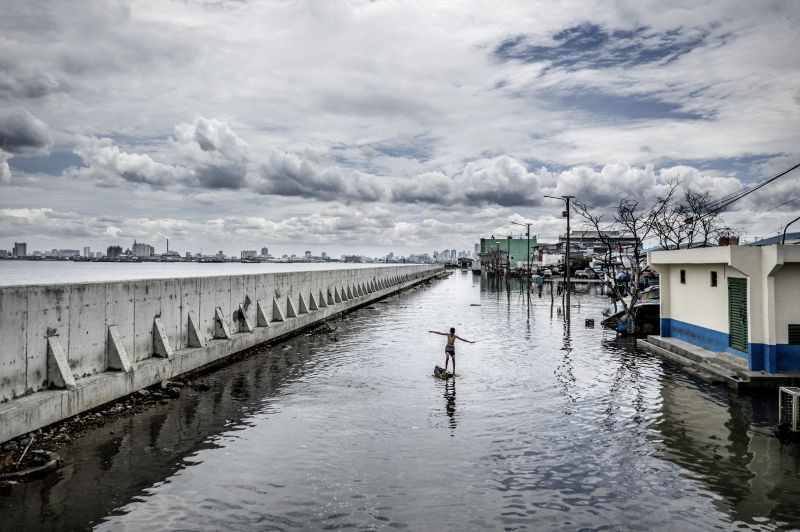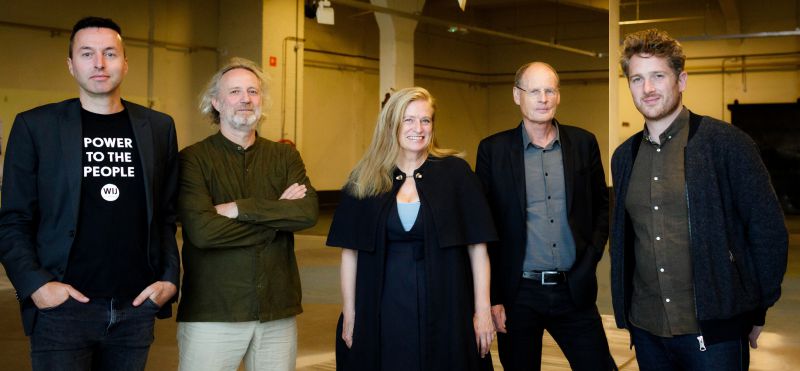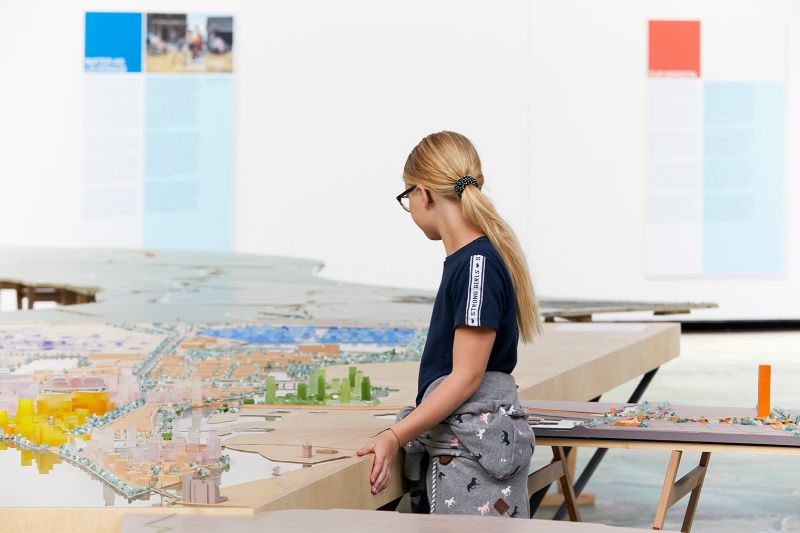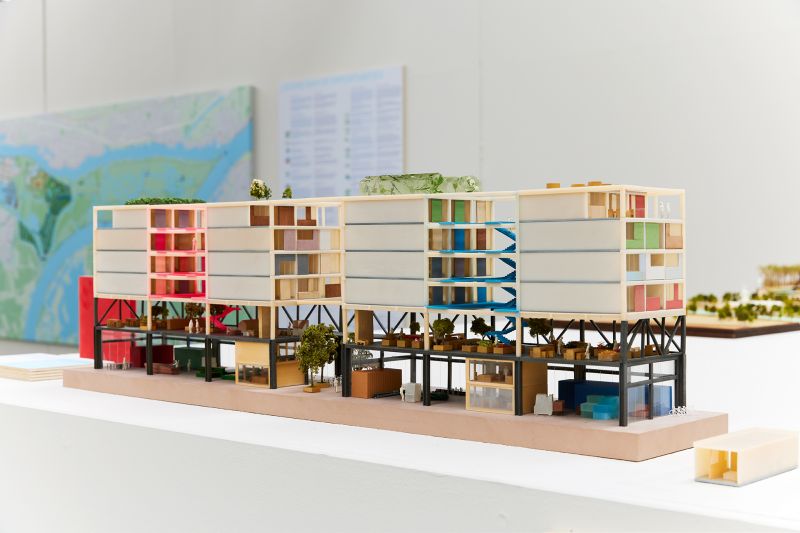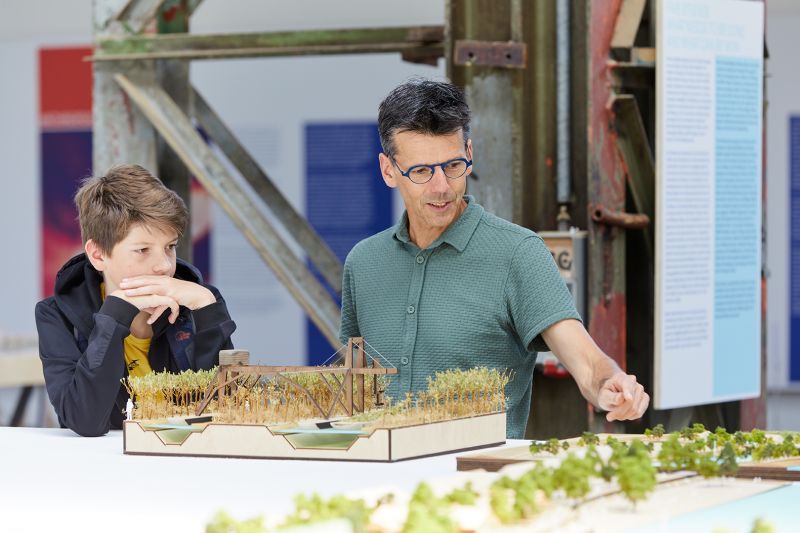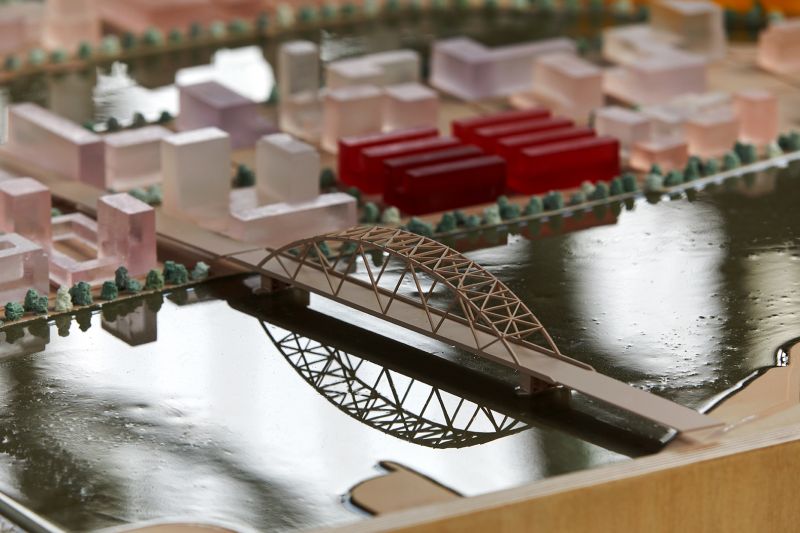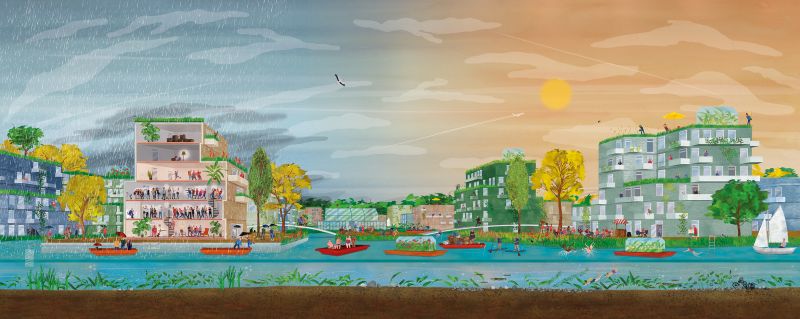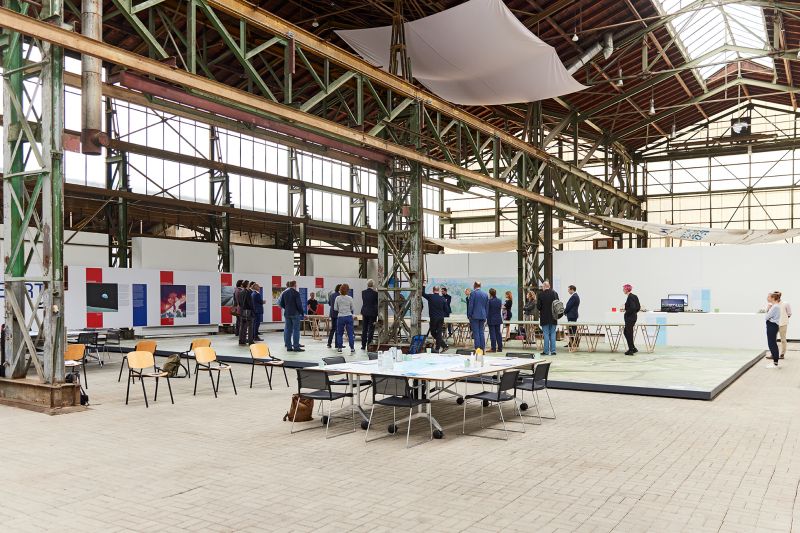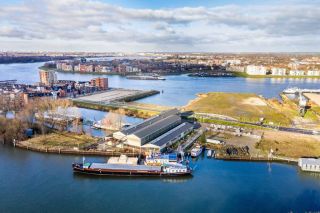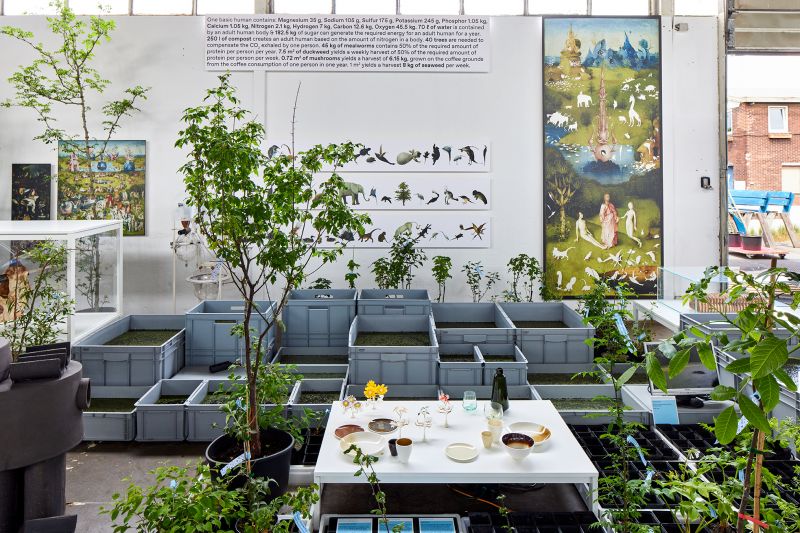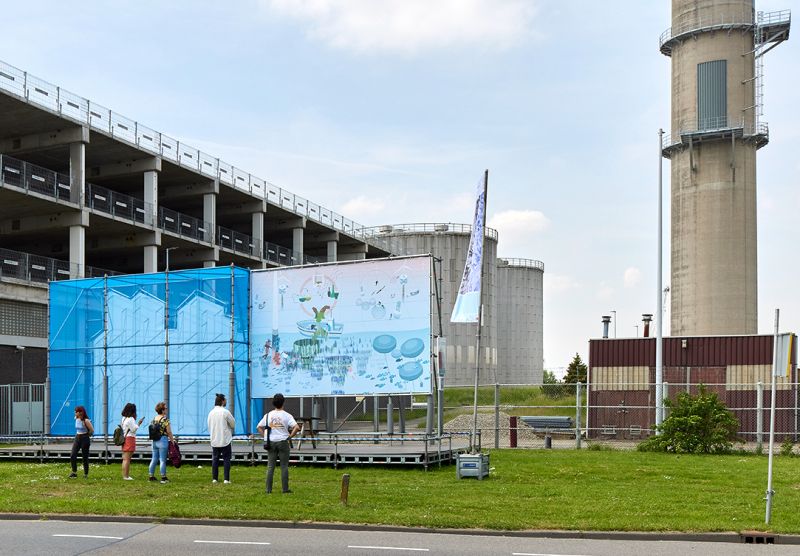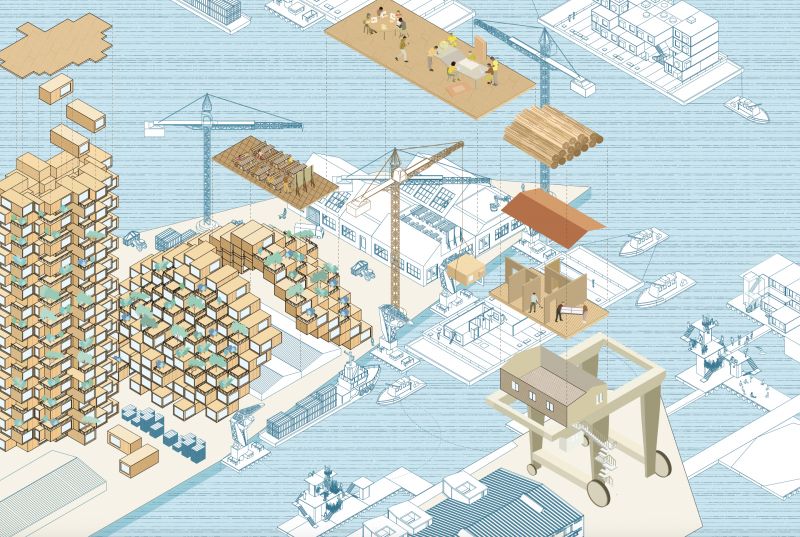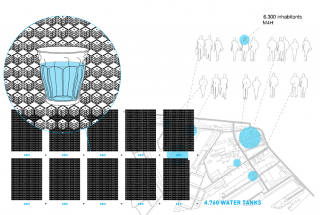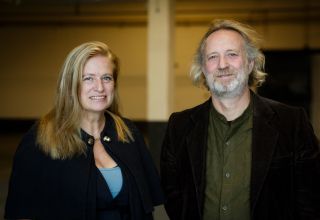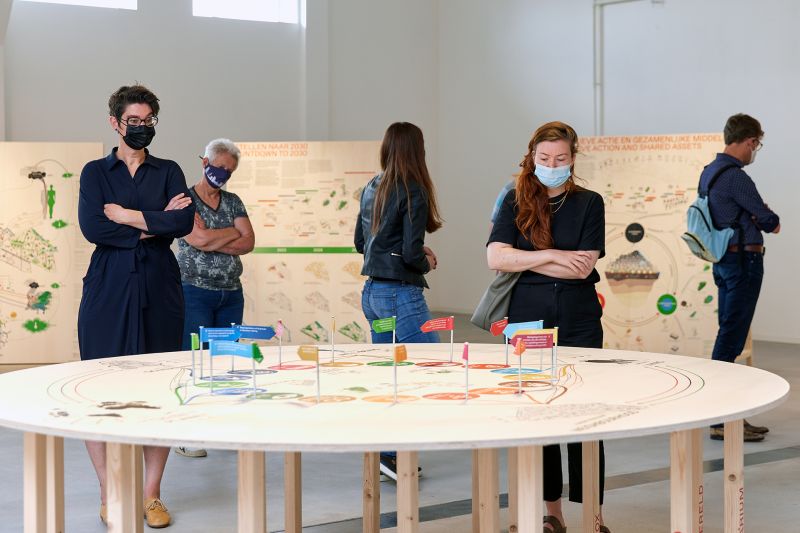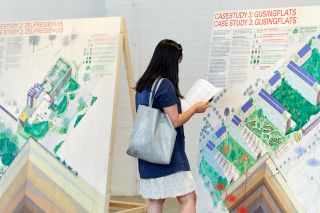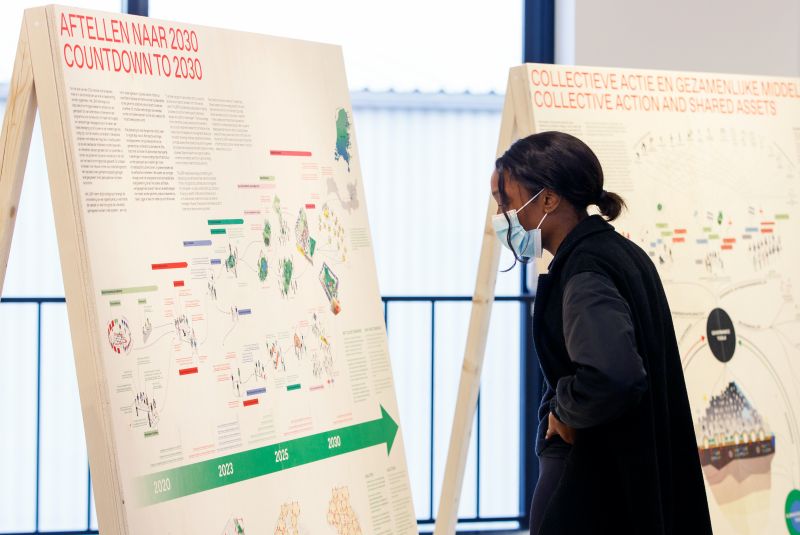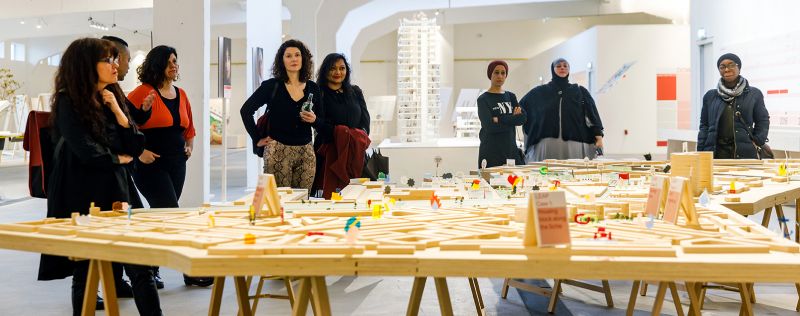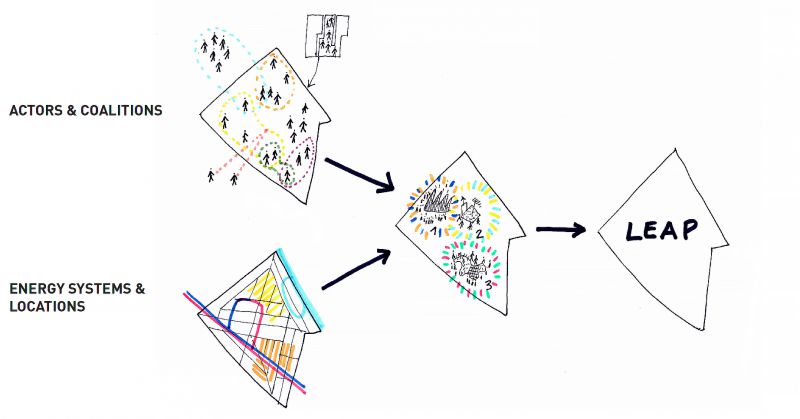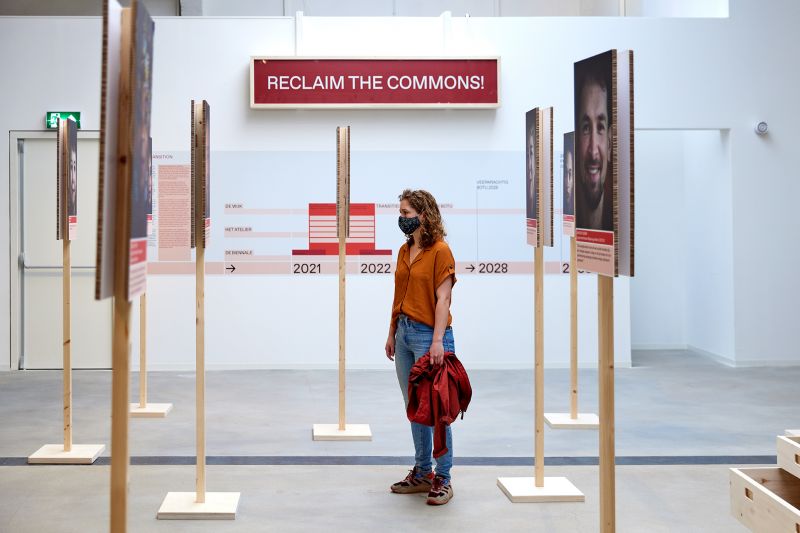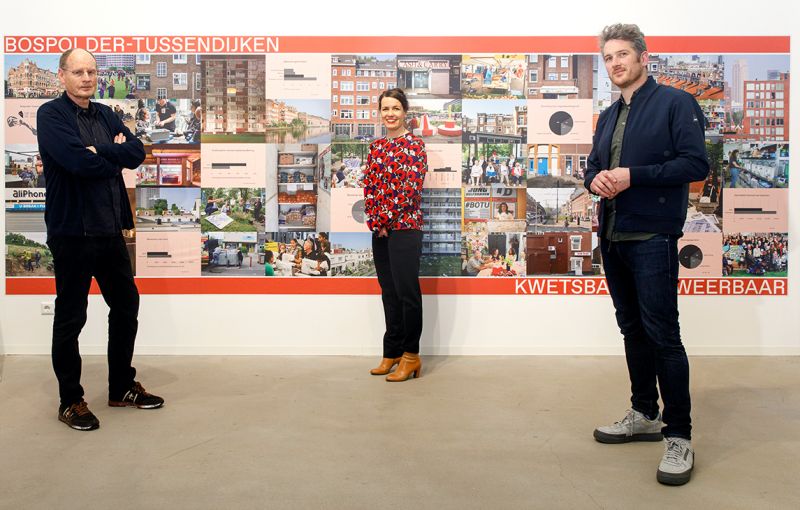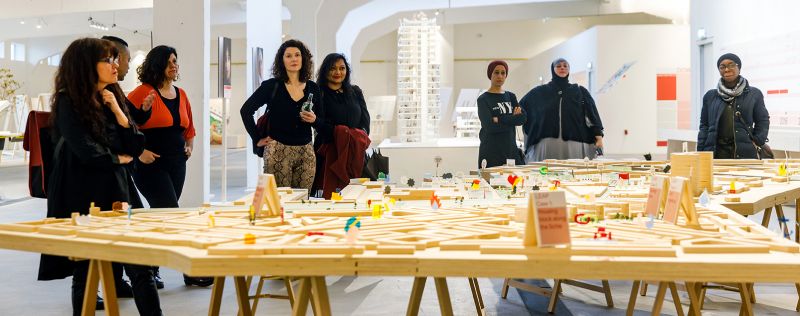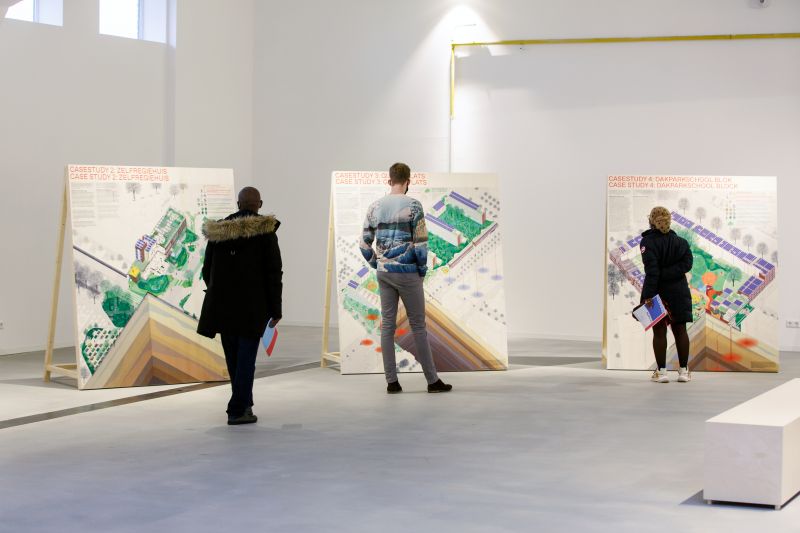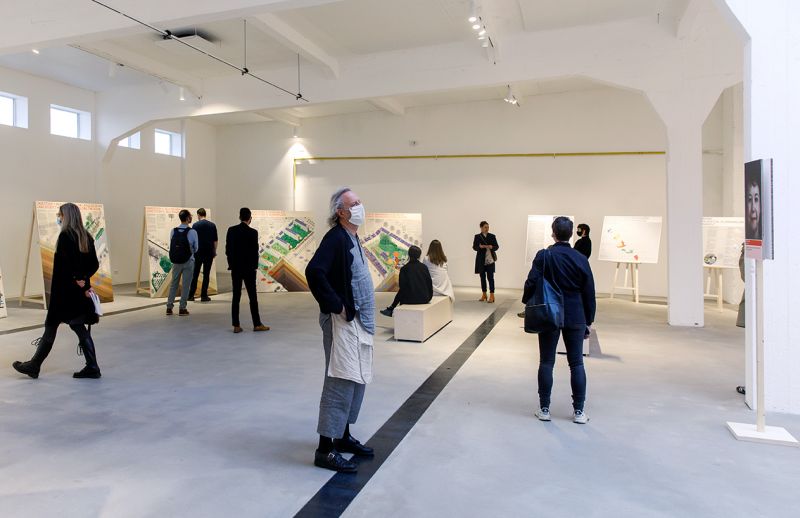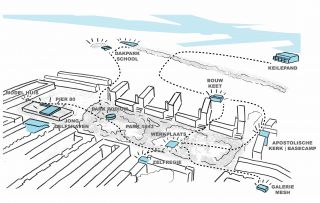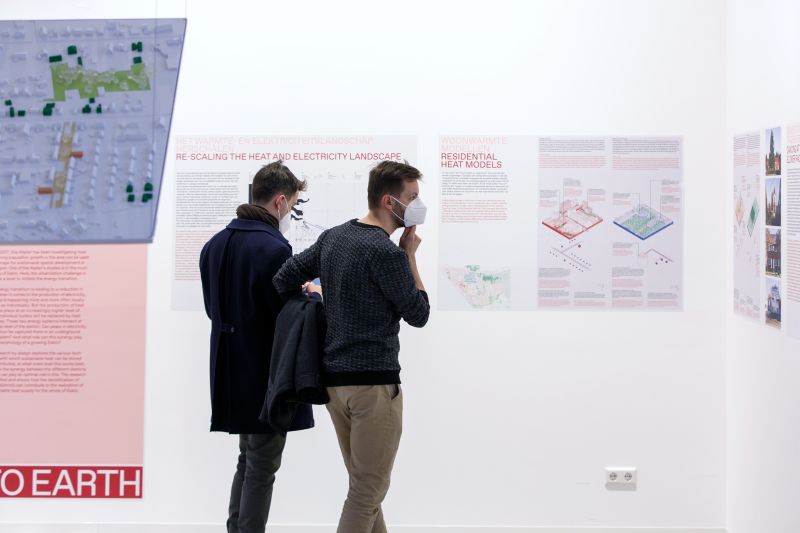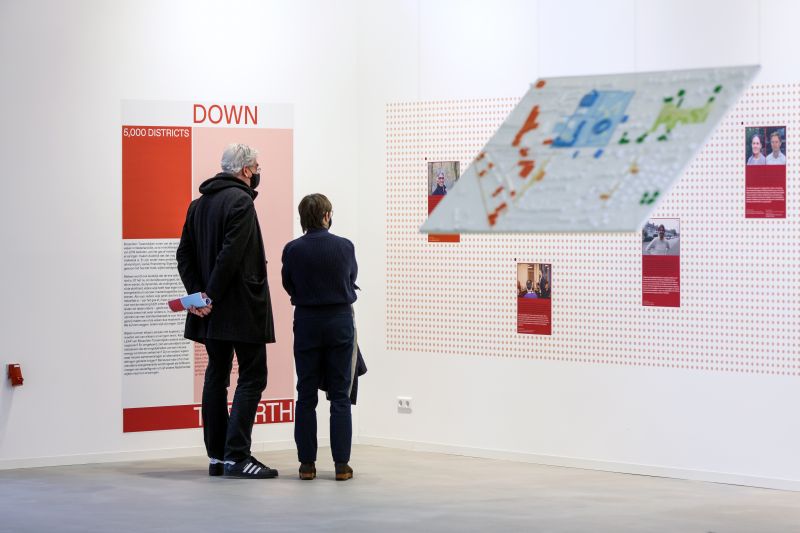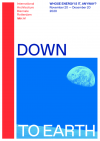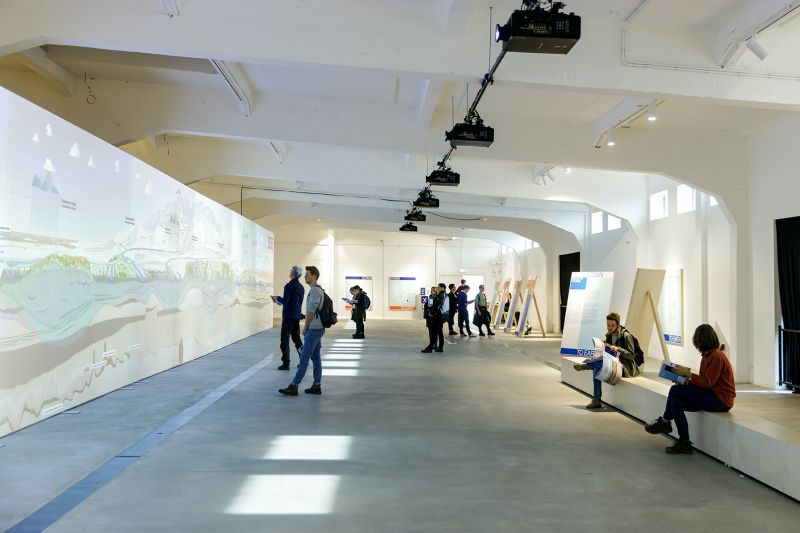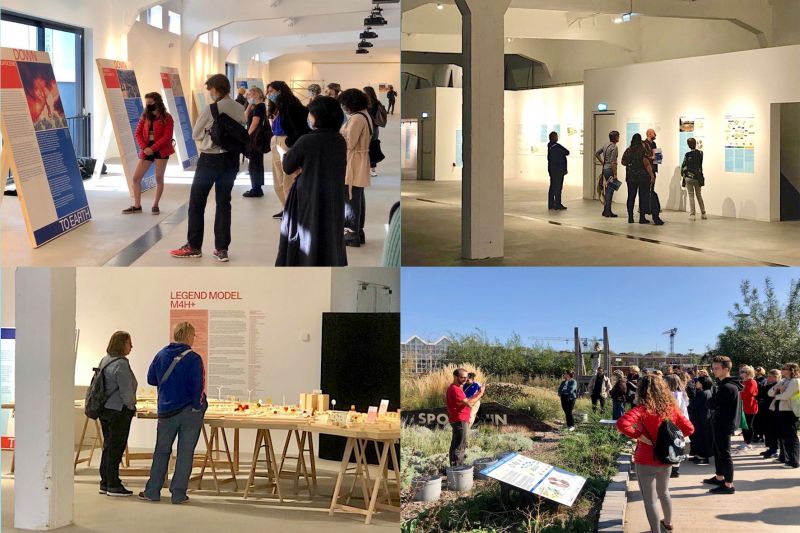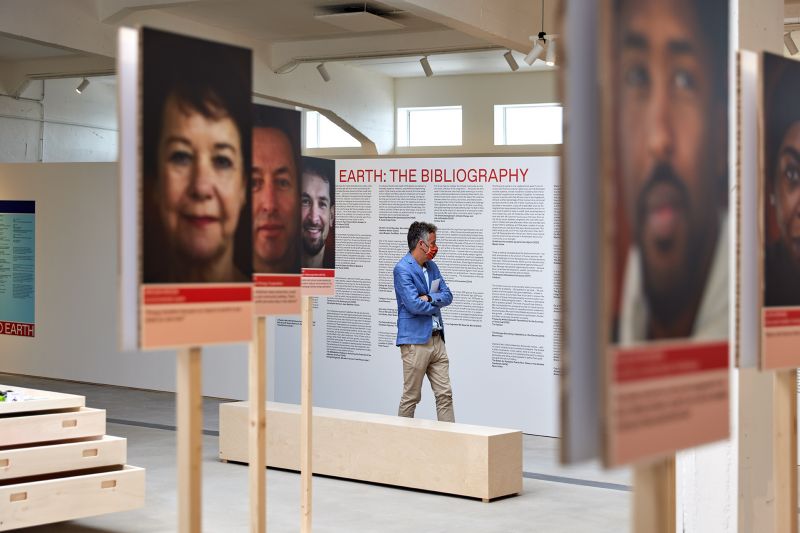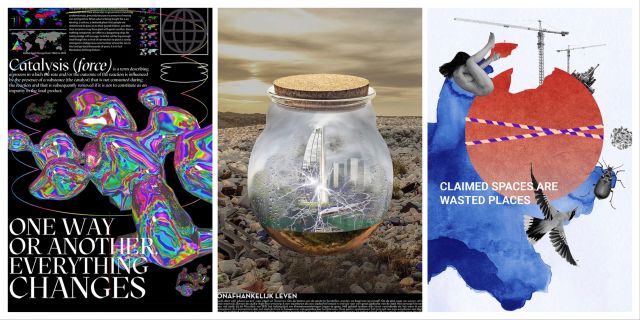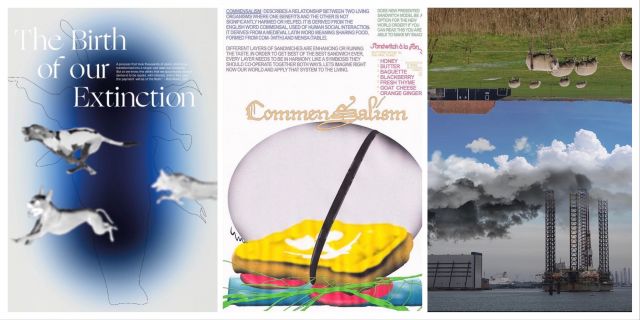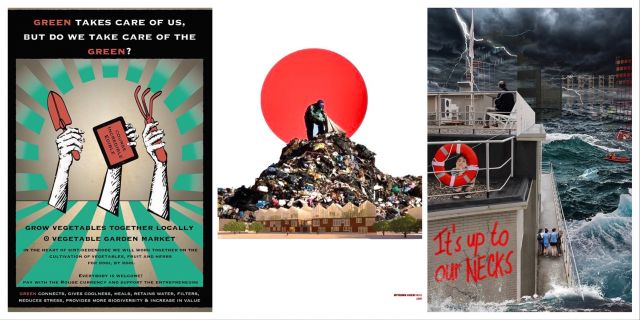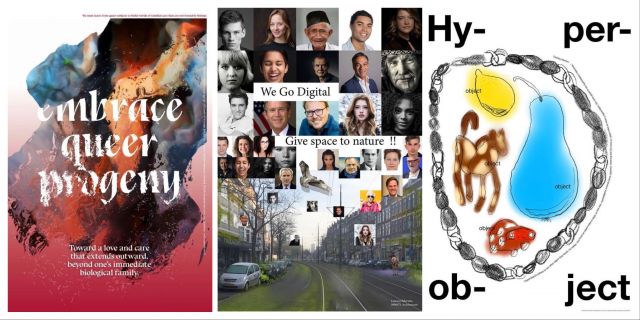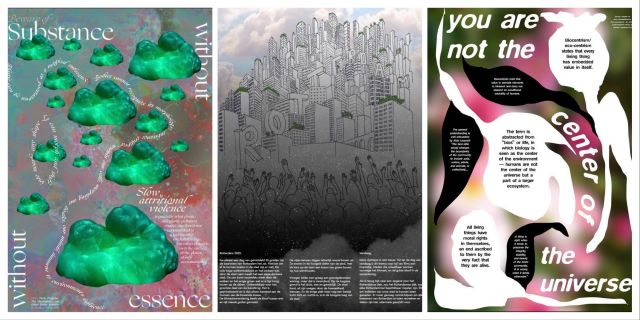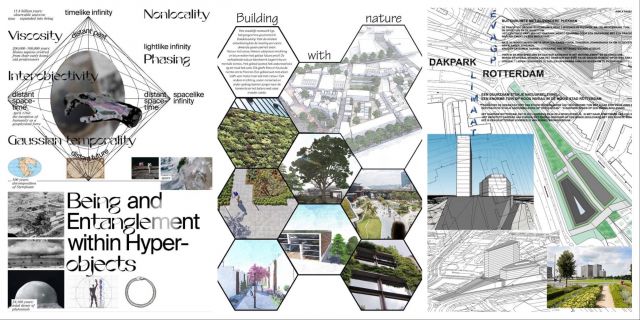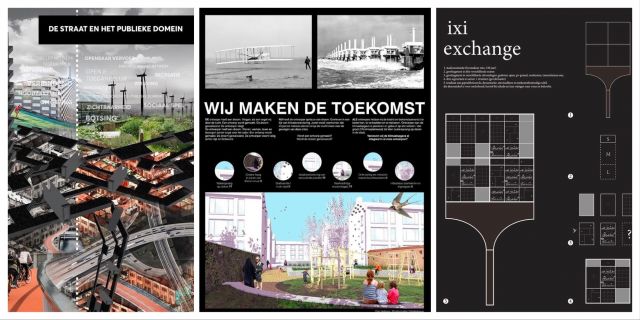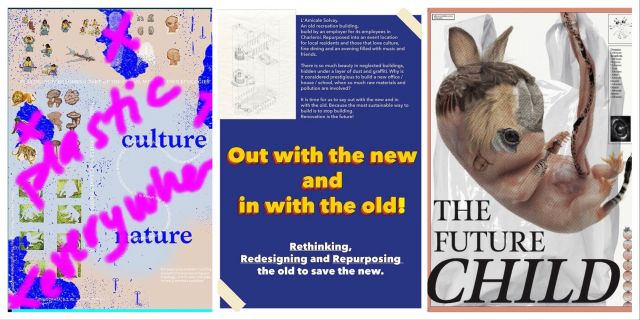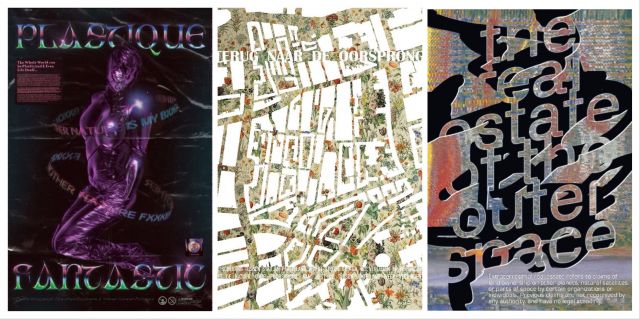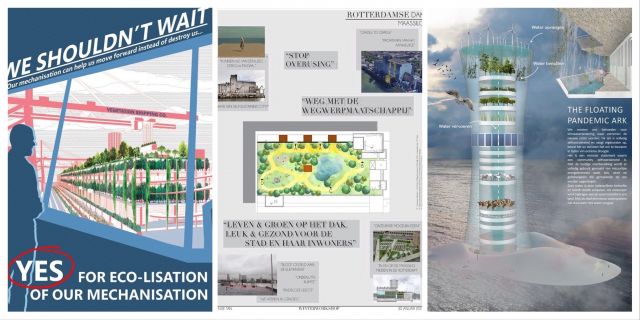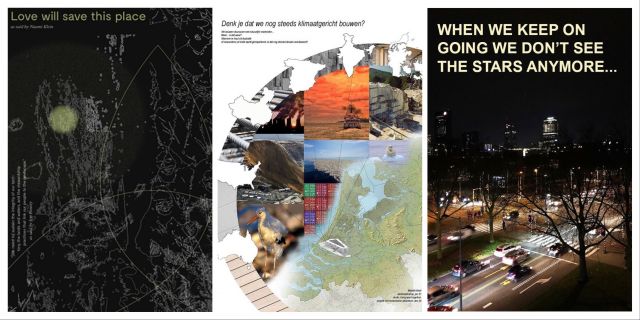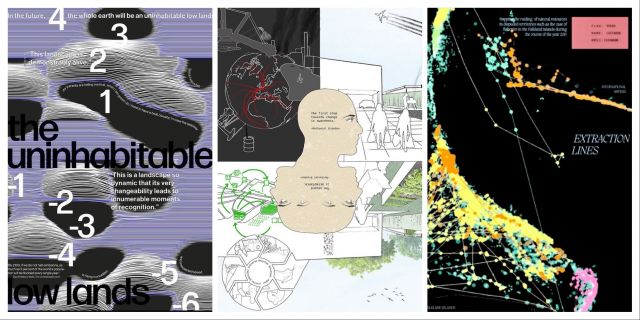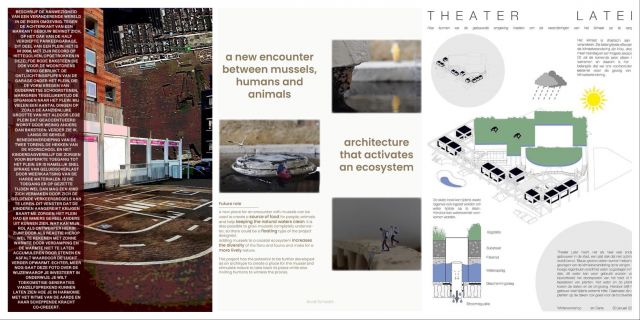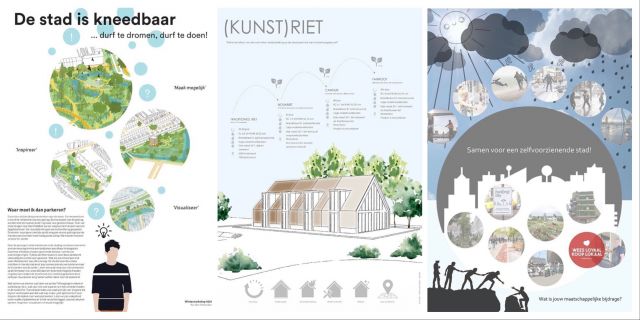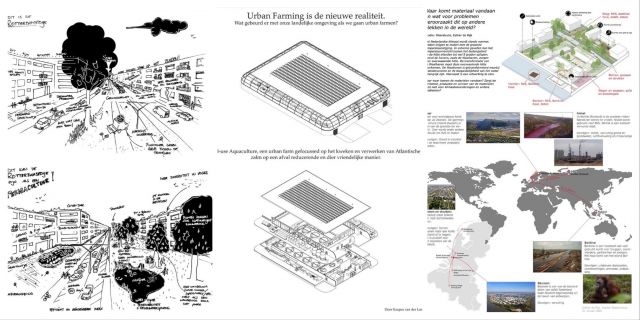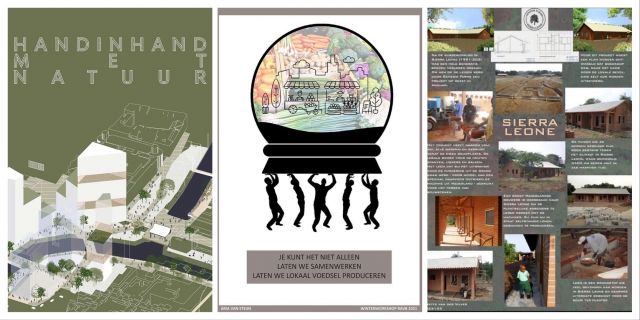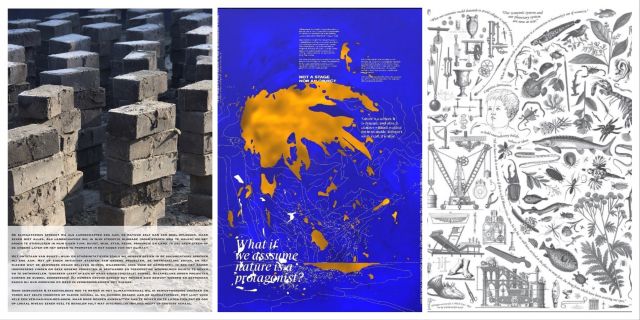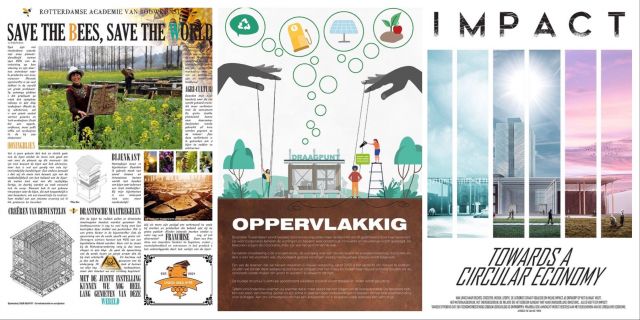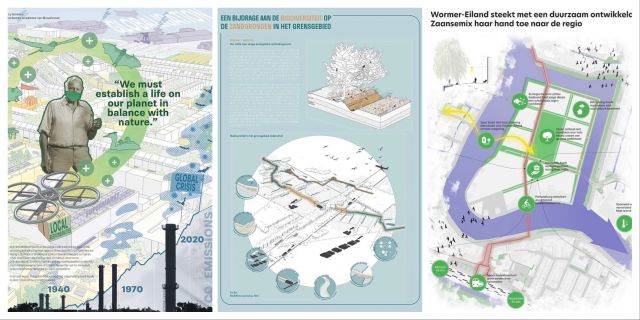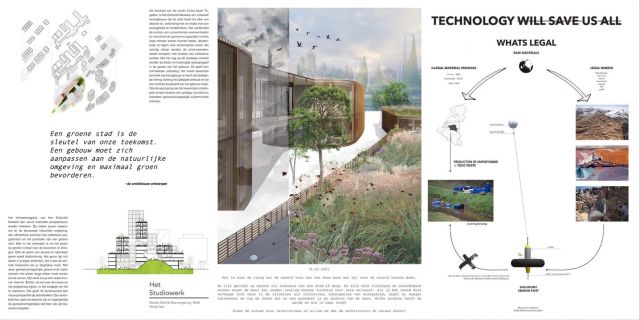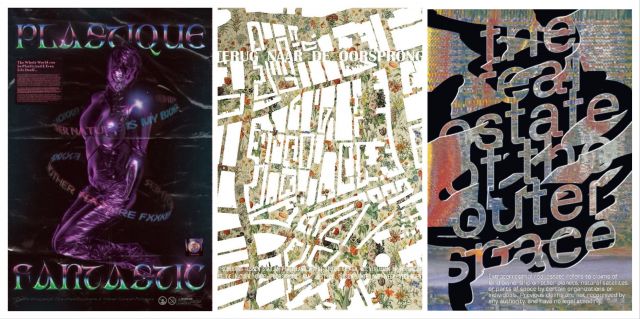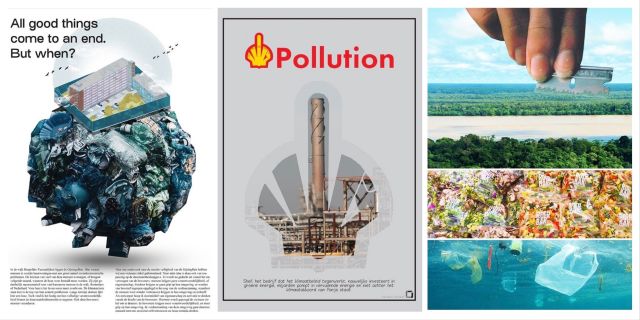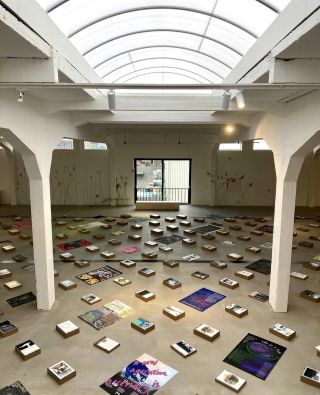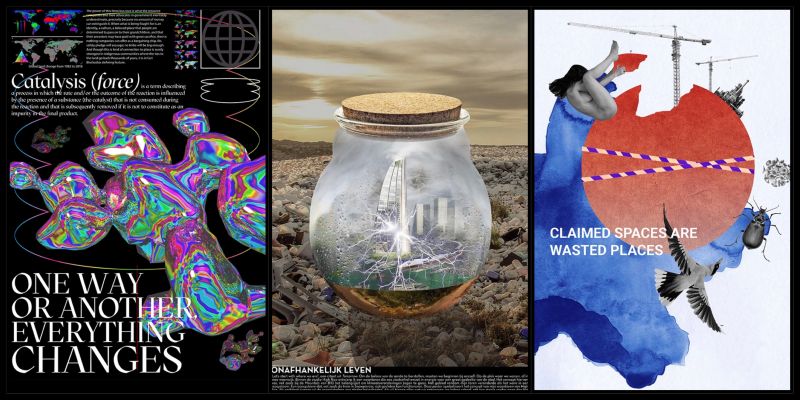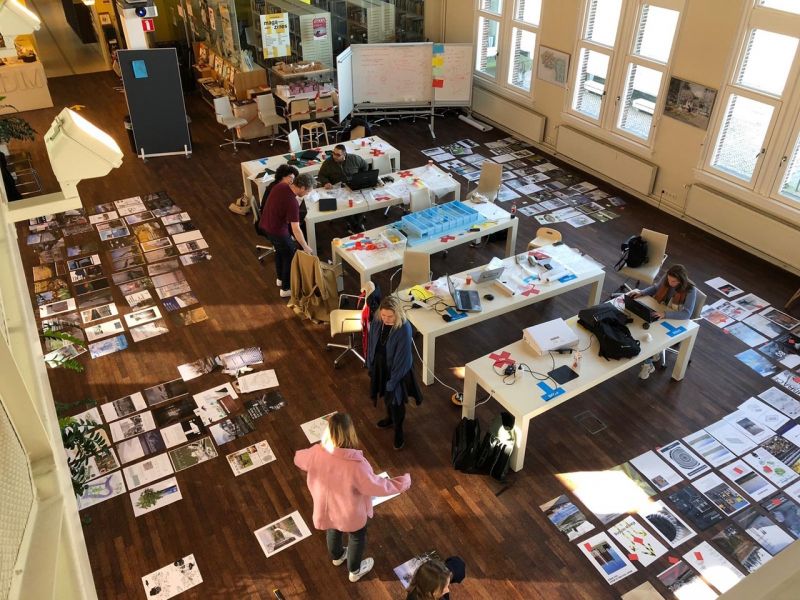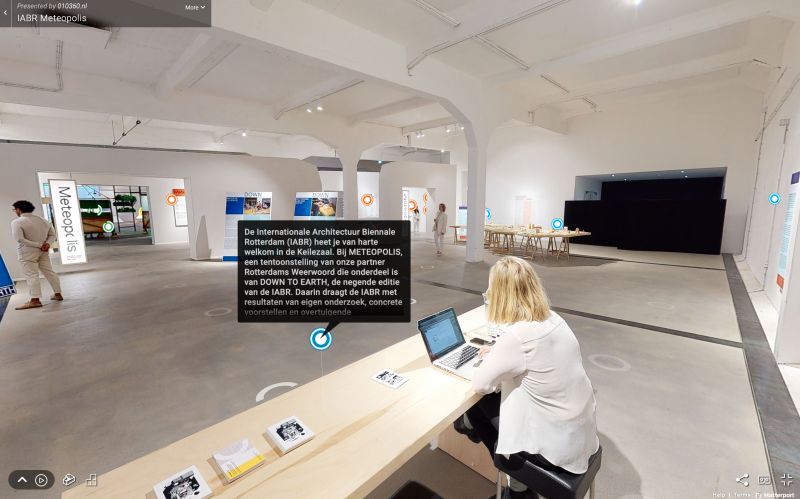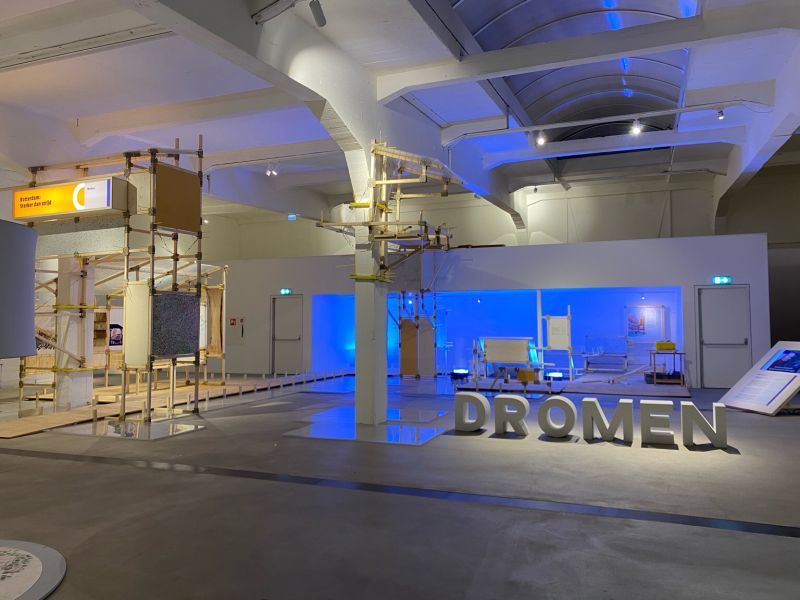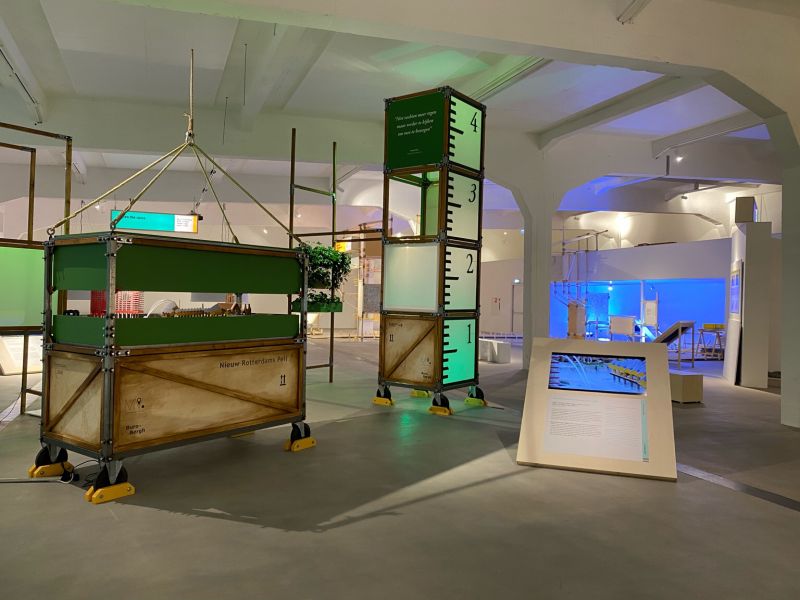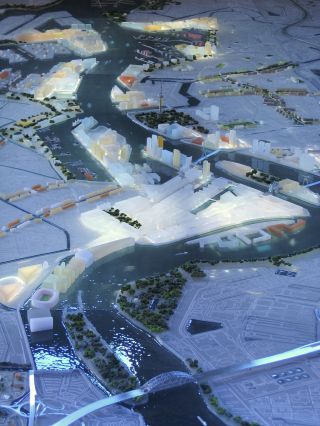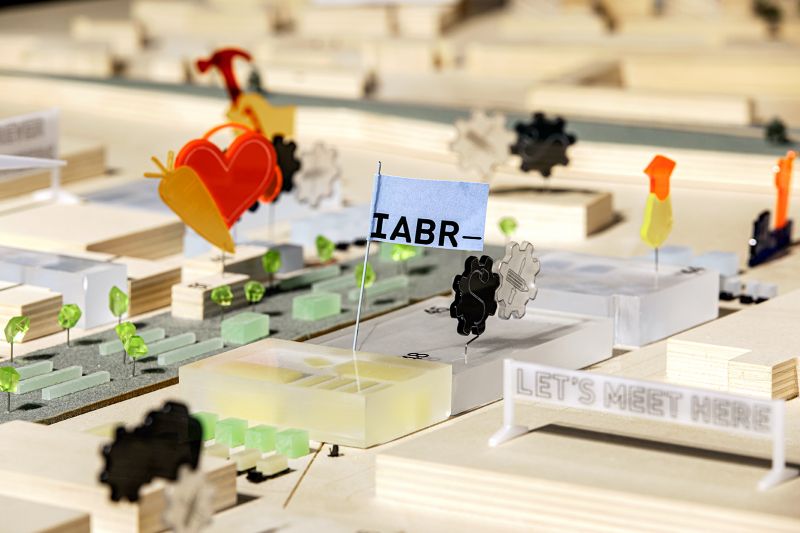
In the fall of 2018, the IPPC, the UN Intergovernmental Panel on Climate Change, raised the alarm: to avoid catastrophe, human societies have 12 years to completely transform the way we use energy and land. Change is urgently needed and on a scale for which ‘there is no documented historical precedent’, scientists from all around the world warned.
That is why we think it's best to assume that we are facing the deepest crisis in human memory. And that we have no time to waste.
And that is why IABR–DOWN TO EARTH asks: Where can we land? Can we re-settle on planet Earth, as it were, in a sustainable balance with other lifeforms and one with nature? Can we, as philosopher Bruno Latour puts it, redesign our living environments ‘as that on which a terrestrial depends’ and always ask ourselves ‘what other terrestrials also depend on it?’
For this is now inevitably our new challenge, politically, socially and culturally, we have to redefine all of our actions as that which takes us back to earth. DOWN TO EARTH.
Read the complete introduction to DOWN TO EARTH by the chief curator, George Brugmans, here
How now?
There are plenty of good plans and ideas, also from spatial designers and architects, to achieve a more sustainable balance between people, other species and nature, but they rarely become concrete projects. There is a gap, a missing link, between plans and projects, between knowing and doing, an incredibly persistent issue that the 2018-edition of IABR, THE MISSING LINK, has put on the agenda.
DOWN TO EARTH wants to examine how we can tackle the issue in concrete terms: how now? For one thing, the IABR does this by urging that we apply existing, major and urgent challenges as a lever both in exploring the integrated transformation of our urban landscapes and societies and in the public debate on the nature, quality and property of the transformation.
Water and Energy Transition as Leverage
The two that, in 2017, we have chosen to work on in our IABR–Ateliers are water management and energy transition-related challenges. How can design driven responses to these challenges help us to develop new approaches to inhabit the earth, in a much more balanced way, one that helps us realize the Sustainable Developments Goals?
How can we tackle water issues - too much, too little, too polluted - in such a way that they become also the starting point for working on resilient cities? We research this in particular in our two Water as Leverage Ateliers, the IABR–Atelier Dordrecht and the IABR–Atelier Drought in the Delta.
For more information on our Water as Leverage agenda, click here
And (how) can we help realize the energy transition so that we can simultaneously use it as a lever for socially inclusive urban planning? We investigate this in our third IABR–Atelier Rotterdam: Energy Transition as a Lever for a Socially Inclusive City.
Curator Team
To address these issues in a biennale in times of pandemic, an anti-biennale that unfolded from September 2020 through August 2021, a Curator Team has been appointed, consisting of chief curator George Brugmans, and cocurators Rianne Makkink and Jurgen Bey, Eva Pfannes, Thijs van Spaandonk and Robbert de Vrieze. Under the heading DOWN TO EARTH, they curated a series of exhibitions and other activities, due to ever-changing covid-19 measures always waiting as long as possible to decide when and in what form the consecutive program components would need to be presented.
In the end DOWN TO EARTH put seven exhibitions before the public:
DROUGHT IN THE DELTA - for more info click here
WHOSE ENERGY IS IT, ANYWAY? - for more info click here
METEOPOLIS - for more info click here
NOW! DESIGNING IN TIMES OF CLIMATE CRISIS - for more info click here
RECLAIMING THE COMMONS - for more info click here
WATERSCHOOL M4H+ - for more info click here
THE HIGH GROUND - for more info click here
Location: M4H + BoTu
The locations of DOWN TO EARTH are the Merwe-Vierhavens area (M4H), a city harbor that is a breeding ground for the new circular economy, and the adjacent Bospolder-Tussendijken (BoTu), a self-reliant and culturally very diverse but socioeconomically vulnerable Rotterdam district.
M4H + BoTu: two adjacent areas we jointly designated as IABR–Test Site M4H+ during the previous biennale. Together, they are representative of the many challenges facing not only the city of Rotterdam but also many other cities. The water challenge and energy transition play a part here, but here we can also explore the new circular economy, the housing challenge, accessibility, and social inequality. Here, the poor and unemployed live alongside start-ups and enterprising artists. Old and new meet, city and port, rich and poor, local and global.
M4H+BoTu is an exemplary Test Site for the transition: challenges and approaches come together in the now and how, and in a very provoking manner as well. This is why we moved our office to the Keilepand, centrally located in the area. It is an ideal location for the IABR, for DOWN TO EARTH and for future biennale editions.
As of 2016, the IABR has fully committed itself to contribute to the realization of the Sustainable Development Goals of the United Nations and of the objectives stated in the Paris Climate Agreement. It has firmly anchored its commitment to the SDGs in its mission statement and its multi-year policy plan 2021 - 2024, Where Can We Land?
What does that mean in concrete terms? That the IABR, as a cultural institution, wants to contribute to solving the great challenges we face with the most appropriate means available to us as a research and development institution as well as an international cultural platform: research by design, the power of the imagination and the efficacy of design.

Toolbox: The World and the Neighborhood (work in progress)
image: OOZE, IABR–Atelier Rotterdam

